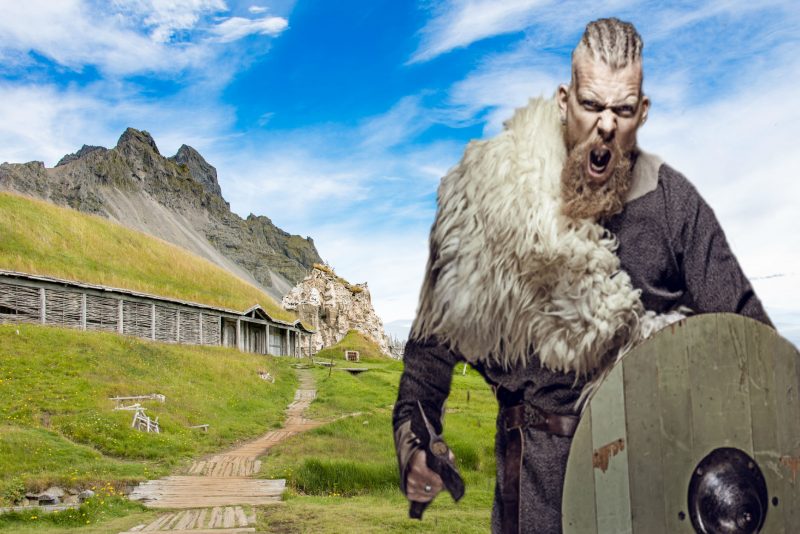The first significant Viking raid on the British Isles is recorded as an attack on the monastery at Lindisfarne, also known as Holy Island, in 793. Although Viking ships had previously landed at a few places on the British coast, this invasion of the small (but rich and powerful) monastic island on the northeast coast of England is seen as a marker for the start of the Viking Age in Europe.
In his Historia Regum, written in the 11th century, Simeon of Durham writes of the raid:
“They killed some of the brothers, took some away with them in fetters, many they drove out, naked and loaded with insults, some they drowned in the sea.”
Throughout history, the Vikings have been described as bloodthirsty barbarians who looted, raped, and pillaged just for the fun of it. At best they were sometimes portrayed as noble savages.
But in recent years, historians have begun painting a different picture; one of skilled sailors, resourceful traders and daring explorers.
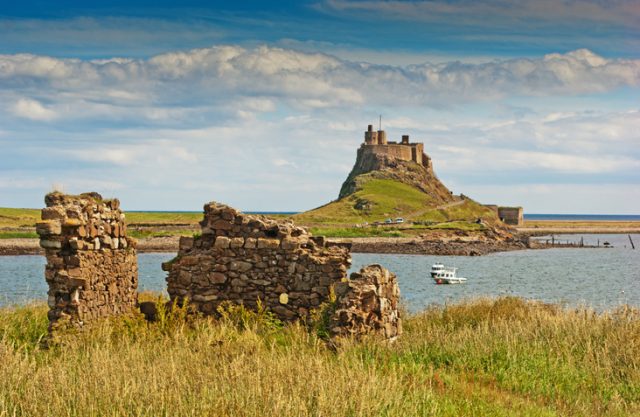
Perhaps the most interesting fact about these bearded warriors has to do with their helmets. “Depictions dating from the Viking age don’t show it, and the only authentic Viking helmet ever discovered is decidedly horn-free,” reports the History Channel.
What, no horns on their helmets? So what else have we got wrong?
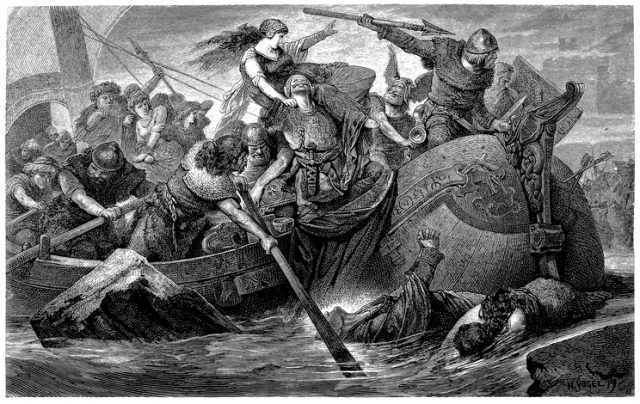
Vikings without horns are certainly something no one expected, but the truth is that the horned-helmet was a 19th-century fabrication because it made the Vikings look more devil-like.
The name “Viking” itself was also a 19th century construct. The group of Scandinavian people it refers to were historically known as Norsemen, or the men of the North.
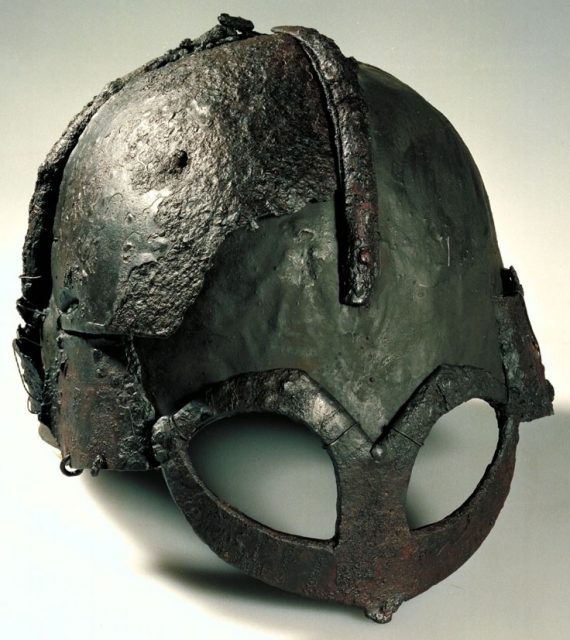
There are still an estimated 2,500 people who speak the old Norse language, called Elfdalian, living in the sparsely populated forests of Älvdalen, Sweden.
In fact, up until the early 20th century, the local population still regularly used a runic alphabet in written communication. In most of Scandinavia, runes were replaced with the Latin alphabet as Christianity spread throughout the region, from the 9th to 11th centuries.
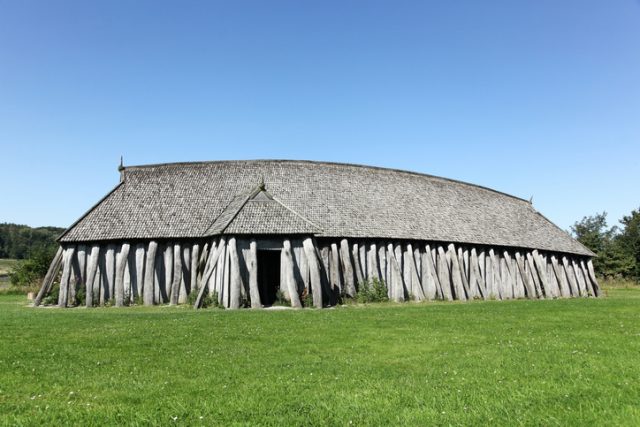
Quite contrary to long-accepted opinion, the Vikings were clean people. It was unusual for the people of that period to bath regularly, but the Vikings did so, taking a bath at least once a week. Archaeological excavations of Viking sites generally turn up a large number of combs, razors, tweezers and other grooming products.
Vikings were also possibly the first bottle blondes. They used a strongly alkaline soap made from potash that bleached their brunette hair — wearing blonde locks was not only trendy, it also helped to keep lice at bay.
Historians generally agree that there is still a lot that we can learn about these people. Every investigation of their habits unavoidably brings a new discovery, such as the fact that Viking men found more pleasure in farming rather than fighting.
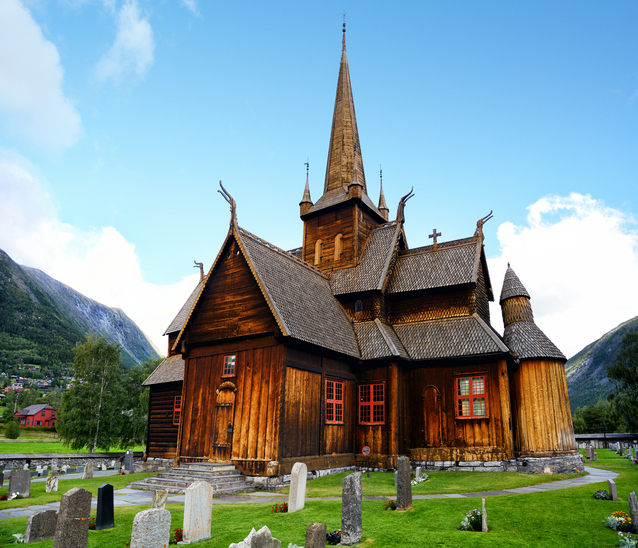
Again, contrary to popular belief, the Vikings didn’t set out to invade other kingdoms just because they had a blood-lust. There is much evidence to suggest that it was a retaliation against Christian Missionaries who were encroaching into the lands of the Norse tribes. Coupled with military conflict on their southern borders with the Holy Roman Emperor Charlemagne and a shortage of good farmland, the Norsemen would have seen themselves more as colonists than violent thugs.
Certainly many of them went on to settle in the British Isles, Iceland, and beyond.
Viking Treasures
But the one thing that the Vikings prized above all was their ships. They loved their vessels so much so that those who held high status were mummified and buried in boats, surrounded by a wealth of grave goods to see them into the afterlife.
We all know that the Vikings were masters of the sea — but who knew that they were the first Europeans to reach the Americas, centuries before Columbus. According to the sagas, in around the year 1000, Leif Eriksson was inspired by tales of a “land covered with forests” to the west. Researchers believe that there’s a good chance he really did reach the shores of Canada and return safely to his homeland. And may not have been the first of his clan to do so.
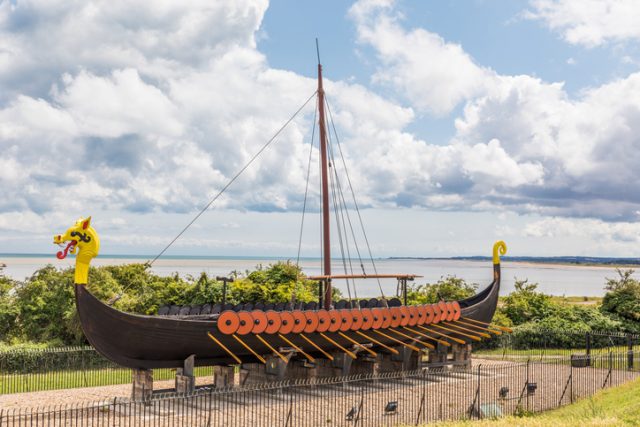
They also navigated seas and rivers to trade in the “Far East.” The most well know evidence of this is runic graffiti inside the Hagia Sophia in Istanbul, Turkey. This was left by two cheeky Viking traders in the 9th century. Possibly they were there to trade in the slave markets, but we never said that Vikings were whiter than white. Those unfortunate enough to be captured and carried off during the Viking raids in Europe could find themselves up for sale hundreds of miles from home.
Viking society was, however, ahead of it’s time on women’s rights. Girls may have had to marry as young as 12-years-old, but they were respected as independent citizens. They could own land, request a divorce, or even take up arms, all of which were unheard of in most other cultures at that time.
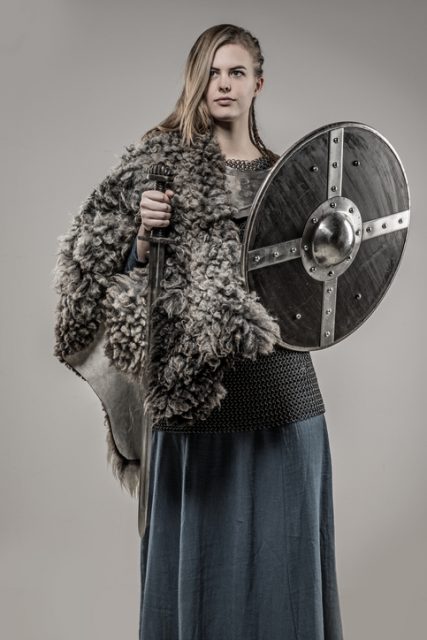
Another seemingly perplexing thing about the Vikings is that they often didn’t recognize each other as “Viking.” However, the term is used to encompass a wide group of tribes who inhabited modern-day Norway, Sweden, Denmark, and even parts of the Baltic region. These tribes would end fighting against each other for they were never part of an official group, though they all worshiped the thunder god Thor and the shape-shifter Loki.
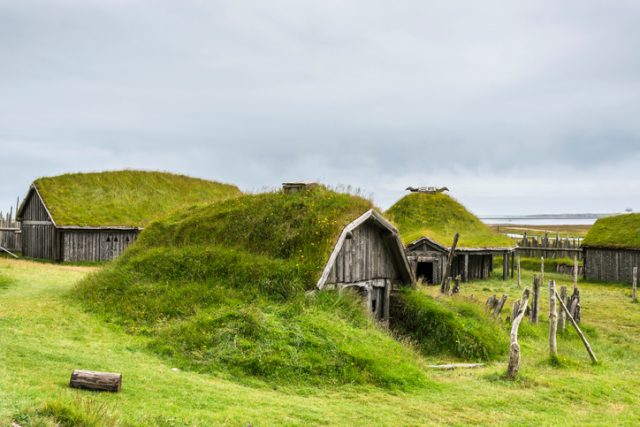
But the best thing that Vikings did? It has to be skiing. In northern countries, skis and sleds are an efficient mode of winter transport. But the Vikings skied for entertainment. They held competitions and even had a god of skiing called Ullr. Truth be told, the word “ski” has its roots deep in the Old Norse language and means firewood.
It is generally believed that Viking culture started to disappear around 1066.
